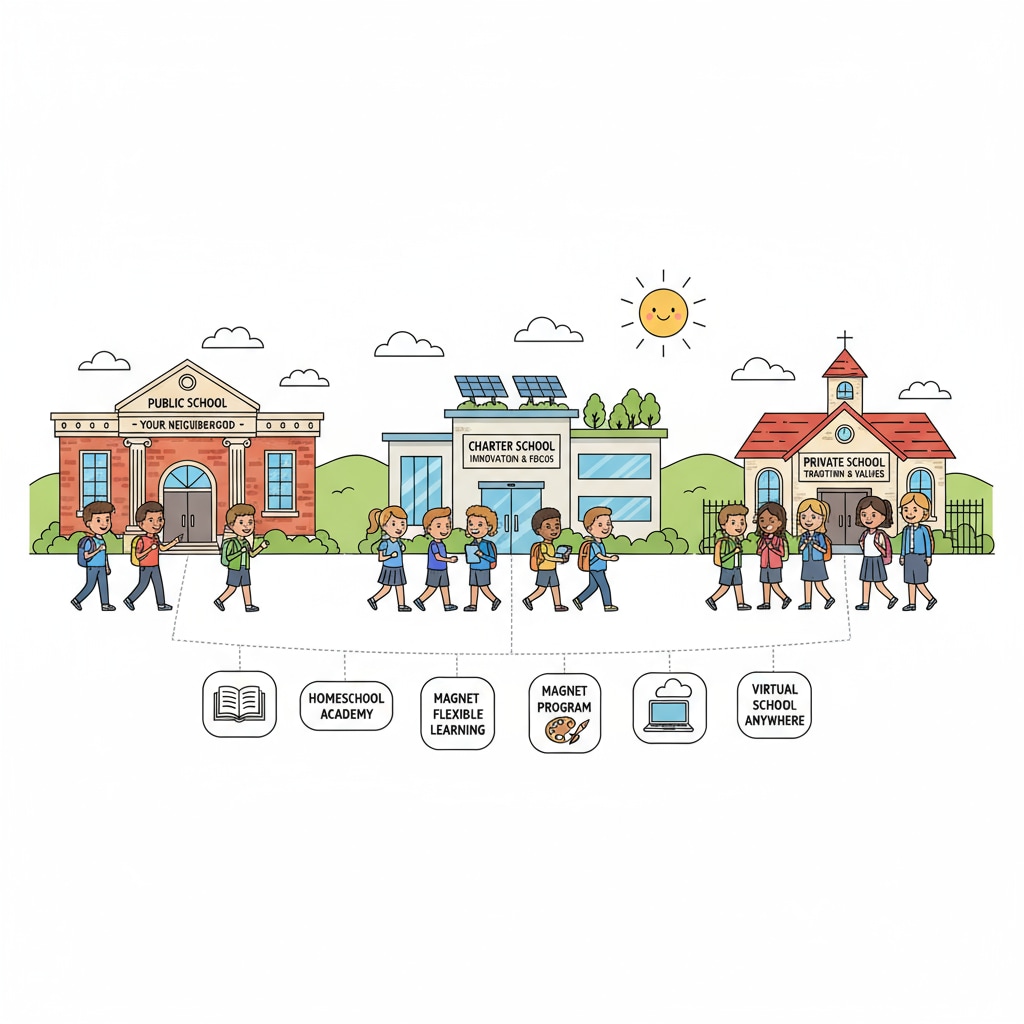The school choice system has long been at the center of political controversy within the realm of education policy. This concept allows parents and students to have more options when it comes to selecting educational institutions, rather than being restricted to the traditional neighborhood school assignment. However, this seemingly straightforward idea has sparked intense debates across the political spectrum.

The Core Concept of School Choice
School choice, at its essence, aims to provide families with greater flexibility in choosing the educational environment that best suits their children’s needs. This can include public charter schools, magnet schools, private schools, and even homeschooling. Proponents believe that by introducing competition among schools, it can drive up the overall quality of education. For example, a parent in a low-performing school district may be able to send their child to a high-performing charter school, giving the child a better chance at academic success. As explained on Wikipedia’s School Choice page, different forms of school choice offer unique educational approaches and resources.

The Political Divide
The school choice system has become a highly divisive political issue. Supporters argue that it empowers parents and breaks the monopoly of traditional public schools. They believe that increased competition will force schools to improve their programs, hire better teachers, and ultimately enhance educational outcomes. On the other hand, opponents express concerns about potential negative impacts on educational equity. They worry that school choice could lead to a drain of resources from already struggling public schools, leaving behind students who are unable to take advantage of the choice options. As stated on Britannica’s School Choice entry, the political battle over school choice often pits different ideological groups against each other.
Another point of contention is the funding aspect. When students transfer to different schools under the school choice system, the associated funds also follow. This can create financial challenges for schools that lose students, especially in areas where resources are already scarce. Moreover, issues related to access and affordability of private schools within the school choice framework further complicate the political debate.
Readability guidance: As we can see, the school choice system presents a complex web of issues. The proponents’ focus on freedom and quality and the opponents’ emphasis on equity and resource distribution are at odds. By using short paragraphs and clear lists, we can better understand these viewpoints. Transition words like “however” and “on the other hand” help to show the contrast between different arguments.


